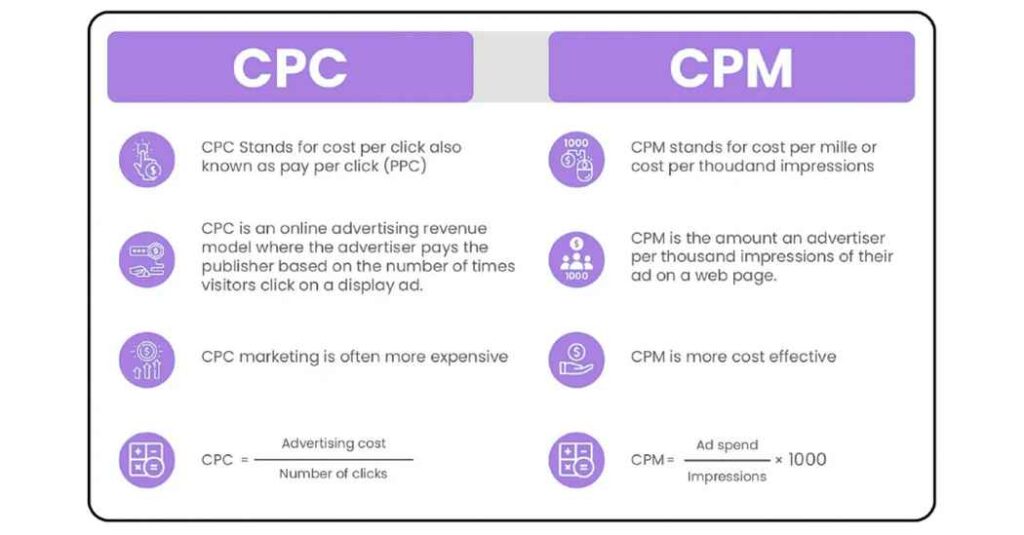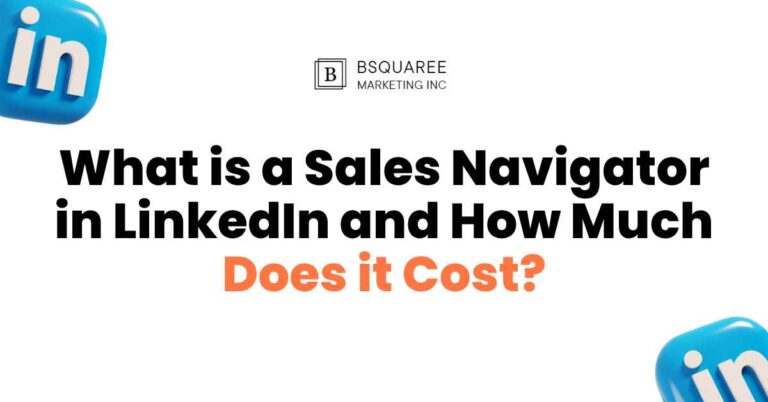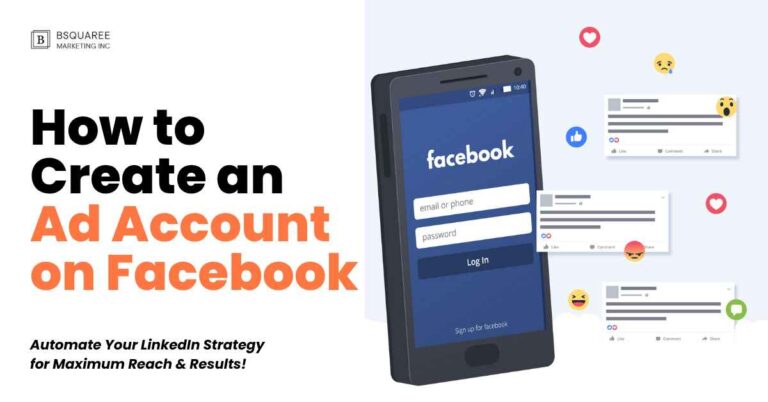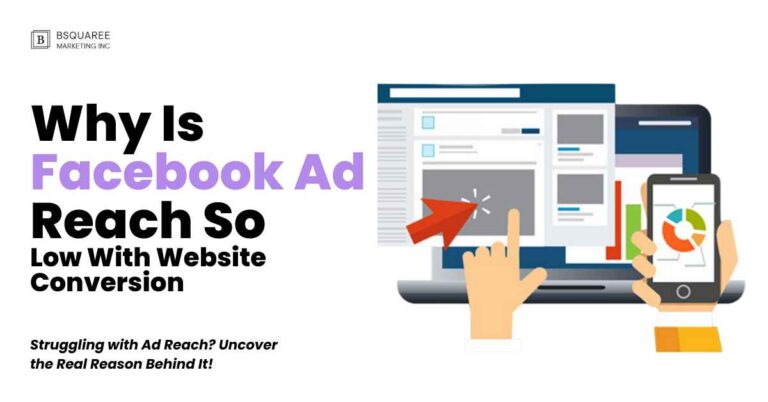How Much Does Facebook Ads Cost

Facebook advertising allows businesses to reach a vast audience through targeted ads displayed on the platform. With over 2.9 billion active users, Facebook offers a variety of ad formats and targeting options to help brands engage with potential customers. From image and video ads to carousel and slideshow formats, Facebook’s flexible advertising solutions make it easy for businesses of all sizes to promote their products or services. Before launching a Facebook ad campaign, it’s essential to understand the costs involved. Whether you’re a small business owner or a seasoned marketer, knowing what to expect in terms of pricing can help you plan your budget effectively. Misunderstanding costs can lead to overspending or missed opportunities for better-targeted ads. This blog post aims to provide a clear understanding of how much Facebook ads cost and the factors that influence pricing. We’ll explore various pricing models, including cost per click (CPC), cost per thousand impressions (CPM), and cost per action (CPA). By the end, you’ll have the knowledge to make informed decisions and optimize your Facebook ad campaigns for better ROI.
Factors Influencing Facebook Ads Costs
Facebook ad costs can vary significantly based on several factors. Here are some key elements that influence how much you’ll spend on your campaigns:
- Target Audience Demographics
- The more specific your target audience, the higher the cost can be. Ads targeting a broad audience typically cost less than those focused on niche groups.
- Demographics such as age, gender, location, interests, and behaviors play a crucial role in determining the cost.
- Ad Placement Options
- Facebook offers several ad placements, including the News Feed, Stories, Messenger, and the Audience Network.
- Costs can vary depending on where your ads appear. For example, ads in the News Feed may be more expensive than those placed in the right column or Stories.
- Choosing automatic placement can optimize cost-efficiency, as Facebook adjusts placement based on performance.
- Bidding Strategies
- Facebook uses different bidding strategies that affect cost, including cost-per-click (CPC), cost-per-thousand impressions (CPM), and cost-per-action (CPA).
- You can set a manual bid or let Facebook set it for you (automatic bidding). Manual bidding allows more control but may be more expensive if not optimized correctly.
Understanding these factors is essential to manage costs and get the most out of your Facebook ad campaigns.

Cost Structure of Facebook Ads
Facebook ads offer different pricing models, allowing businesses to choose the best option based on their goals. Here are the main cost structures:
- Cost Per Click (CPC)
- With CPC, you pay each time someone clicks on your ad.
- This model is ideal for driving traffic to your website or landing page.
- CPC rates vary based on targeting, competition, and ad quality.
- Cost Per Thousand Impressions (CPM)
- CPM charges you based on every 1,000 impressions (views) of your ad, regardless of whether people click it.
- This model is often used for brand awareness campaigns where the goal is to reach a large audience.
- Cost Per Action (CPA)
- With CPA, you pay when a specific action is completed, such as a purchase, sign-up, or download.
- CPA is suitable for campaigns focused on conversions or direct sales.
Each pricing model has its advantages depending on your campaign objectives, so understanding them can help you choose the right approach.
Average Costs of Facebook Ads
The cost of Facebook ads can vary depending on several factors, including industry, geographic location, and the time of year. Here’s a breakdown of average costs to help guide your budgeting:
- Industry-Specific Averages
- Costs can vary widely across different industries. For example, industries like finance, legal, and technology often see higher CPC rates due to increased competition.
- On average, CPC in the finance industry may range from $3 to $8, while other industries like retail may see lower CPCs, typically between $0.50 to $2.
- Geographic Variations
- Ad costs also fluctuate based on location. Ads targeting users in countries with higher purchasing power, such as the U.S. or Canada, tend to be more expensive.
- Developing countries often have lower costs, but they may not offer as high-quality leads.
- Seasonal Trends
- Costs can increase during high-demand periods, such as the holiday season or major shopping events like Black Friday.
- Advertisers often face more competition during these times, driving up CPC and CPM rates. Conversely, costs may decrease during off-peak seasons.
Understanding these factors can help you better anticipate and plan for Facebook ad costs.
Budgeting for Facebook Ads
Effective budgeting is crucial for maximizing the impact of your Facebook ad campaigns. Here are key considerations for managing your ad spend:
- Setting a Daily or Lifetime Budget
- Daily Budget: You set a maximum amount to spend per day, helping you control daily expenses.
- Lifetime Budget: You set a total amount for the entire campaign, and Facebook will optimize the spending over the campaign’s duration.
- Allocating Funds for Different Campaigns
- Divide your budget based on campaign priorities. For example, allocate more funds to high-performing ads or target audiences with higher conversion rates.
- Test different ad formats or strategies and adjust the budget based on performance.
- Monitoring and Adjusting Budgets
- Regularly review campaign performance to ensure you’re staying within your budget.
- If a campaign is performing well, you may want to increase its budget. Conversely, pause or reduce the budget for underperforming campaigns.
Proper budgeting ensures you get the most value out of your Facebook ads.

Measuring Return on Investment (ROI)
Measuring the ROI of your Facebook ad campaigns is essential to determine their effectiveness and justify your ad spend. Here’s how to approach it:
- Importance of Tracking Performance
- Tracking performance allows you to see which ads are delivering the best results.
- It helps identify which strategies are working and where adjustments are needed.
- Knowing your ROI ensures you’re not wasting money on underperforming campaigns.
- Tools for Measuring ROI
- Facebook Ads Manager: Provides detailed insights into ad performance, such as cost per result, reach, and conversions.
- Facebook Pixel: Tracks actions users take on your website after clicking your ad, providing crucial data for conversion tracking.
- Google Analytics: Helps track website traffic and conversions from Facebook ads, giving a comprehensive view of ROI.
- Analyzing Cost-Effectiveness
- Compare the revenue or leads generated against the total ad spend.
- Calculate key metrics like cost per acquisition (CPA) and cost per conversion to assess efficiency.
Understanding and measuring ROI allows you to optimize future campaigns and ensure effective ad spending.

Tips for Reducing Facebook Ads Costs
Reducing Facebook ad costs without sacrificing performance is possible with a few key strategies. Here’s how to optimize your campaigns:
- Targeting the Right Audience
- Narrow your target audience to reach users most likely to convert. The more specific your targeting, the better your budget will be spent.
- Use Facebook’s detailed targeting options, such as interests, behaviors, and demographics, to ensure you’re reaching the right people.
- Optimizing Ad Content and Design
- High-quality visuals and compelling copy can improve engagement, which in turn can lower your costs per click (CPC).
- Make sure your ad content is clear, concise, and directly relevant to your audience’s needs or interests.
- Test different formats (images, videos, carousels) to determine which resonates best with your target group.
- Utilizing A/B Testing
- Run A/B tests to compare different versions of your ads and see which elements (headlines, images, calls-to-action) perform best.
- Use the results to refine your campaigns, ensuring your budget is spent on the most effective ads.
By implementing these strategies, you can reduce ad costs and increase your campaign’s efficiency.

Common Mistakes to Avoid
Avoiding common mistakes can help ensure the success of your Facebook ad campaigns. Here are a few pitfalls to watch out for:
- Underestimating Costs
- Many advertisers fail to accurately estimate how much their campaigns will cost. Factors like bidding strategies, competition, and audience targeting can increase costs unexpectedly.
- Always set a realistic budget and monitor expenses closely to avoid overspending.
- Ignoring Analytics
- Neglecting to track and analyze your campaign data is a costly mistake. Analytics provide essential insights into performance, such as conversion rates, CPC, and ROI.
- Regularly review metrics in Facebook Ads Manager and use tools like Facebook Pixel to measure success and identify areas for improvement.
- Failing to Adjust Strategies
- Ad campaigns require ongoing optimization. If your ads are underperforming, don’t wait—adjust targeting, creatives, or budgets as needed.
- Failing to test new approaches or modify strategies based on data can result in wasted ad spend.
By avoiding these mistakes, you can run more cost-effective, successful Facebook ad campaigns.



